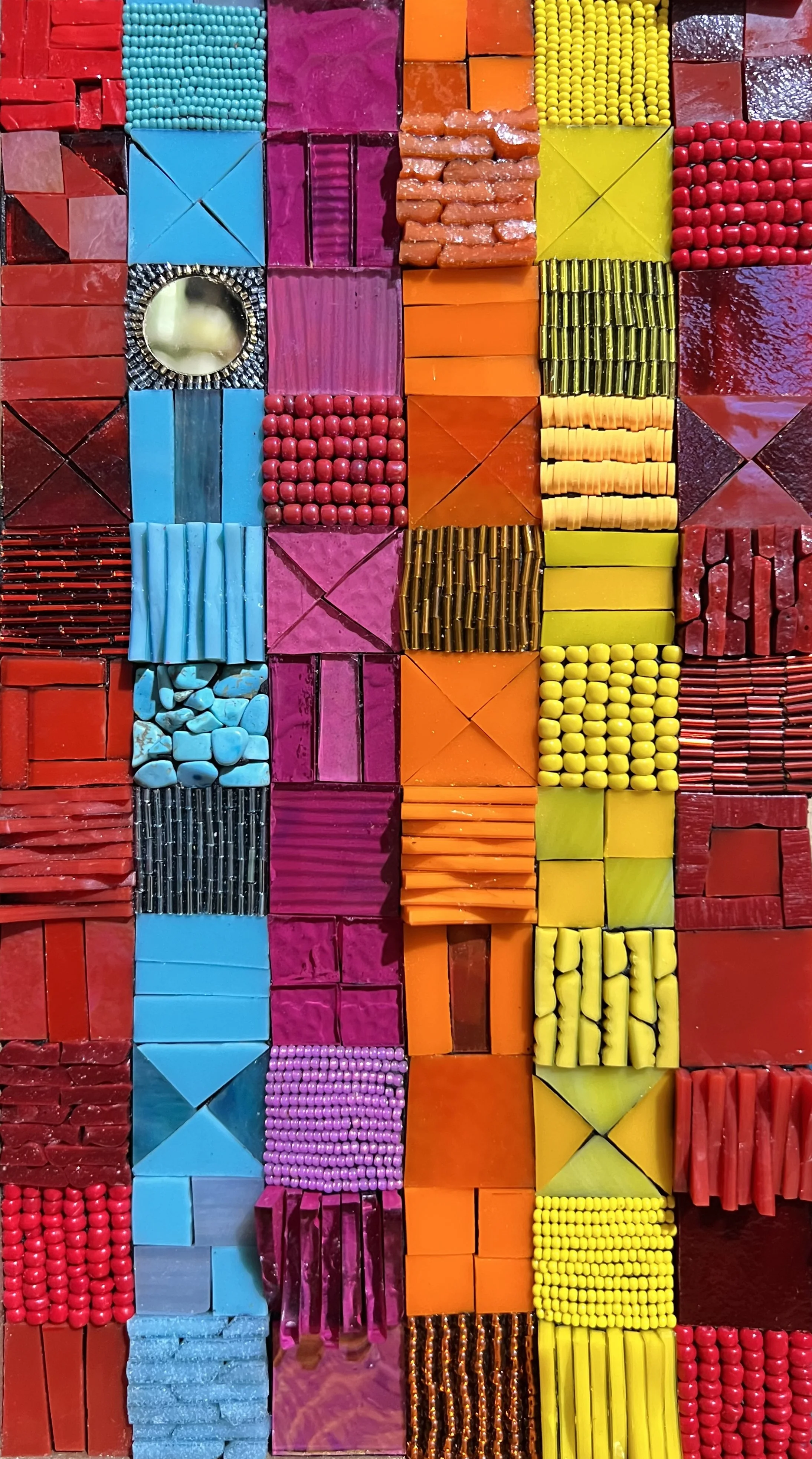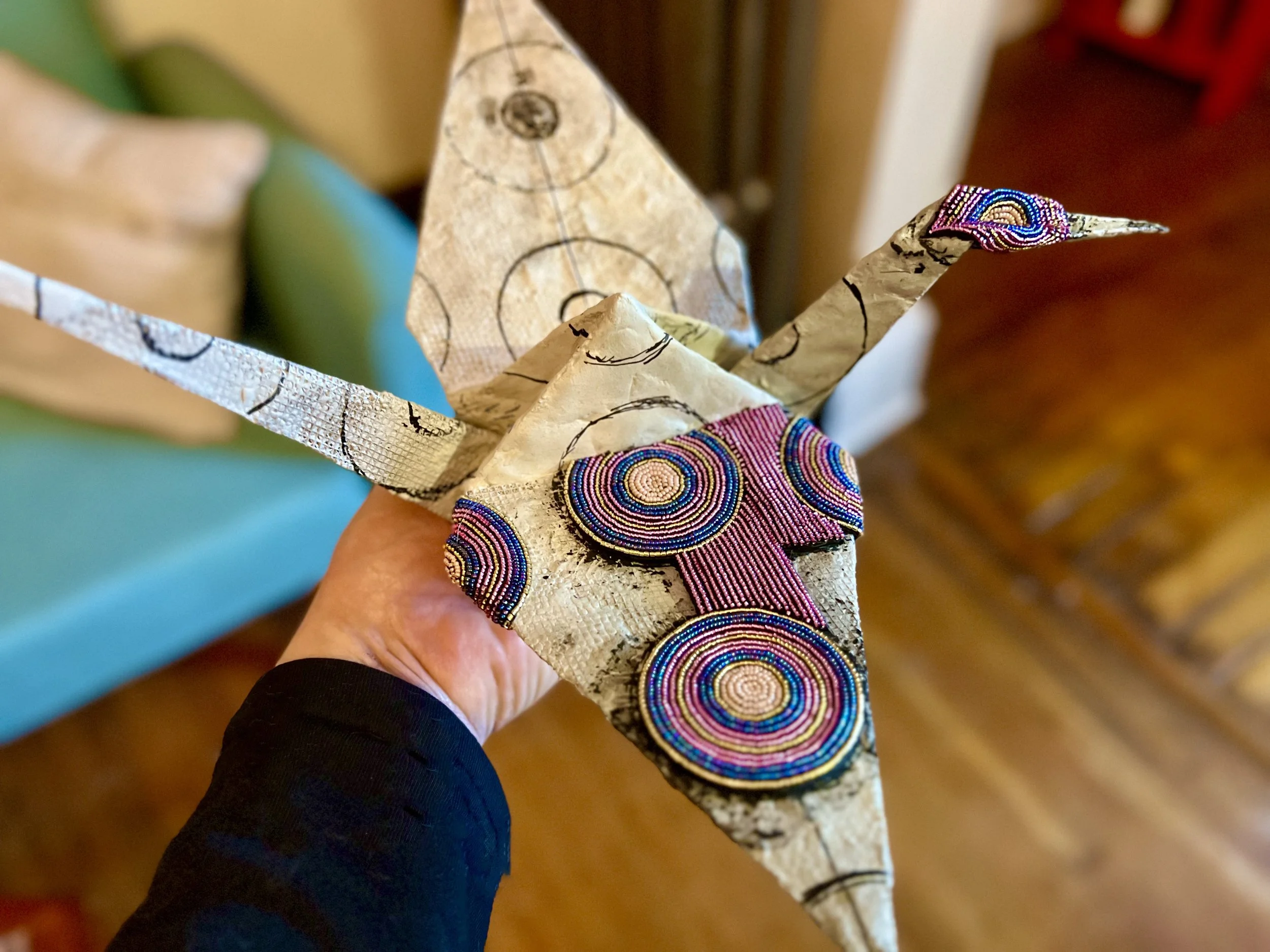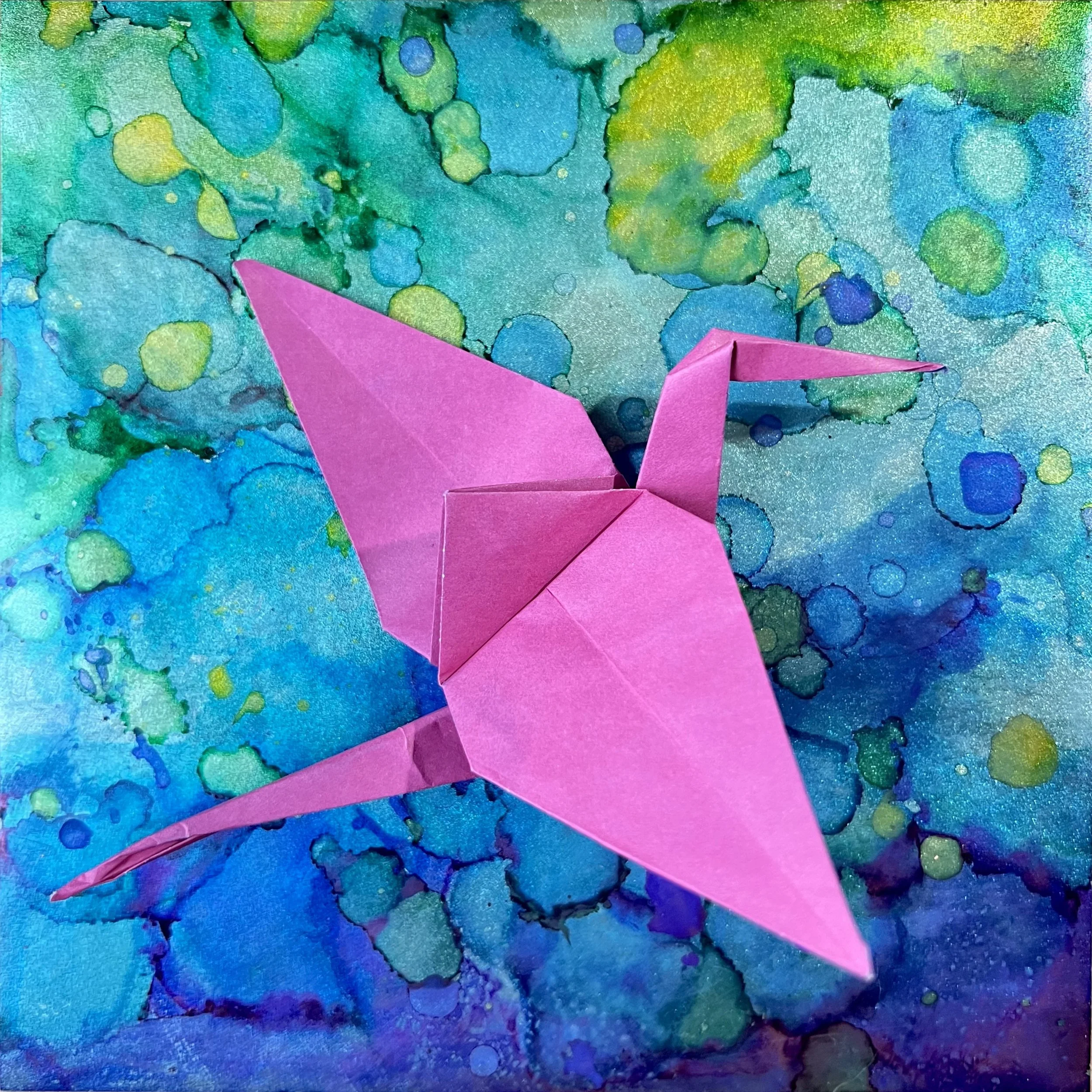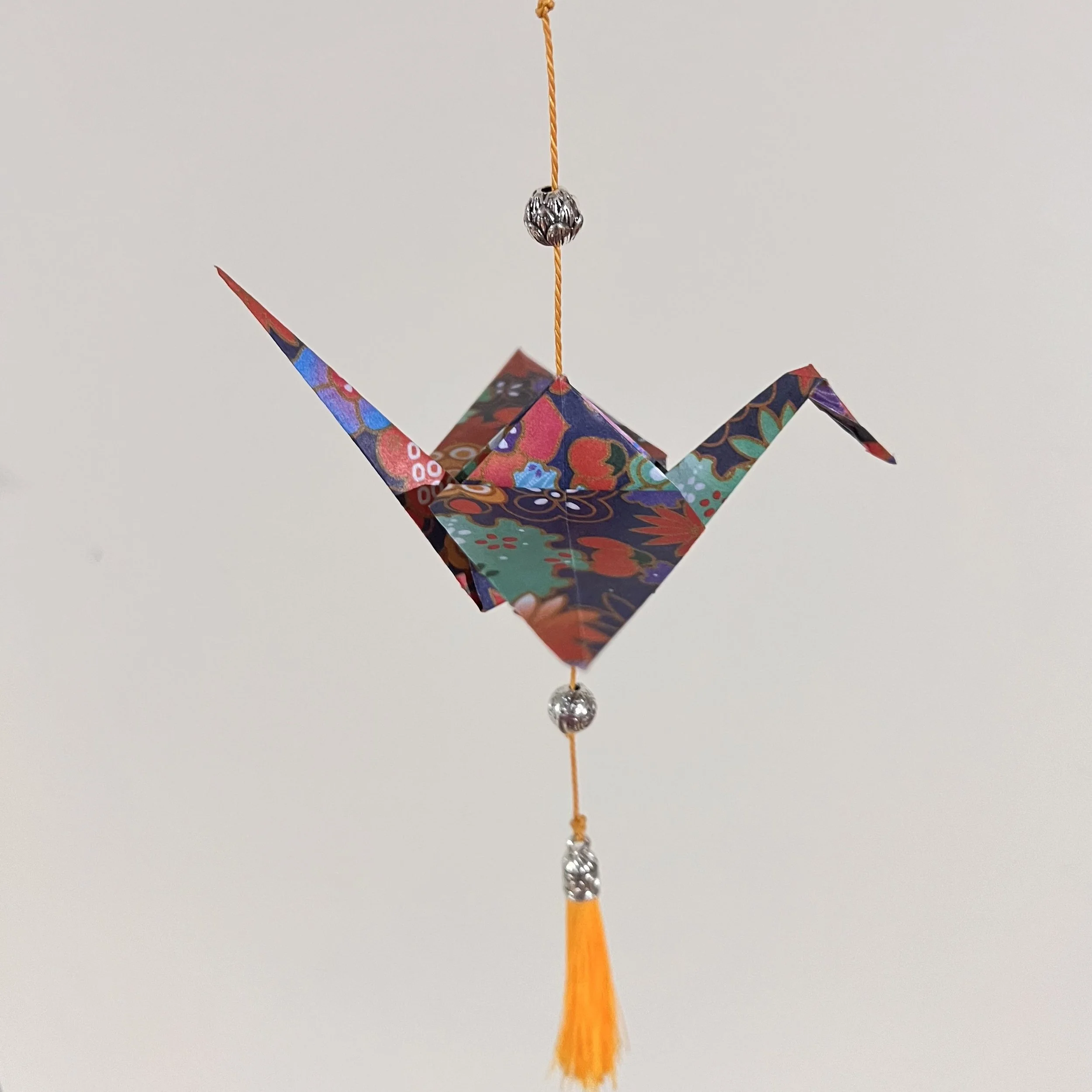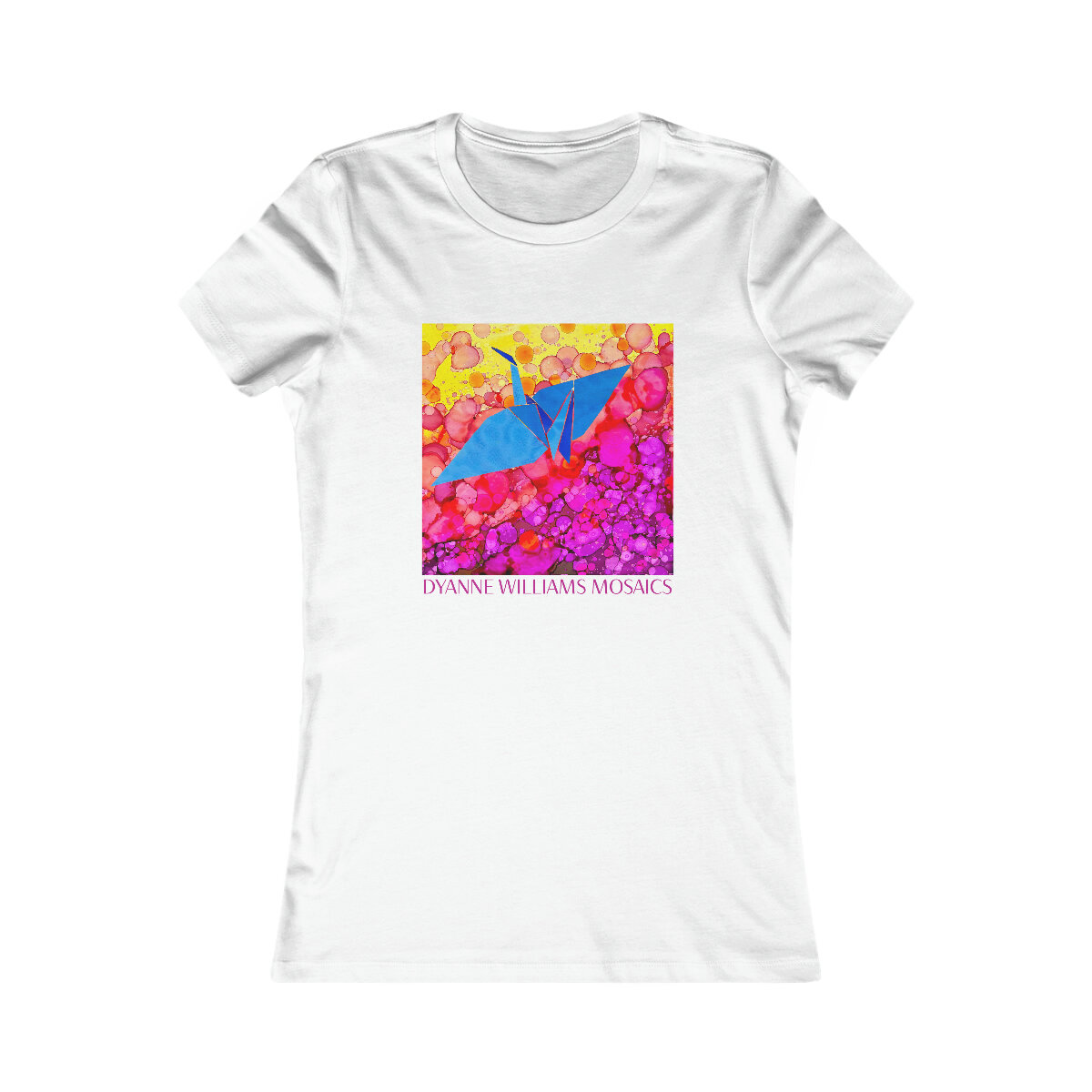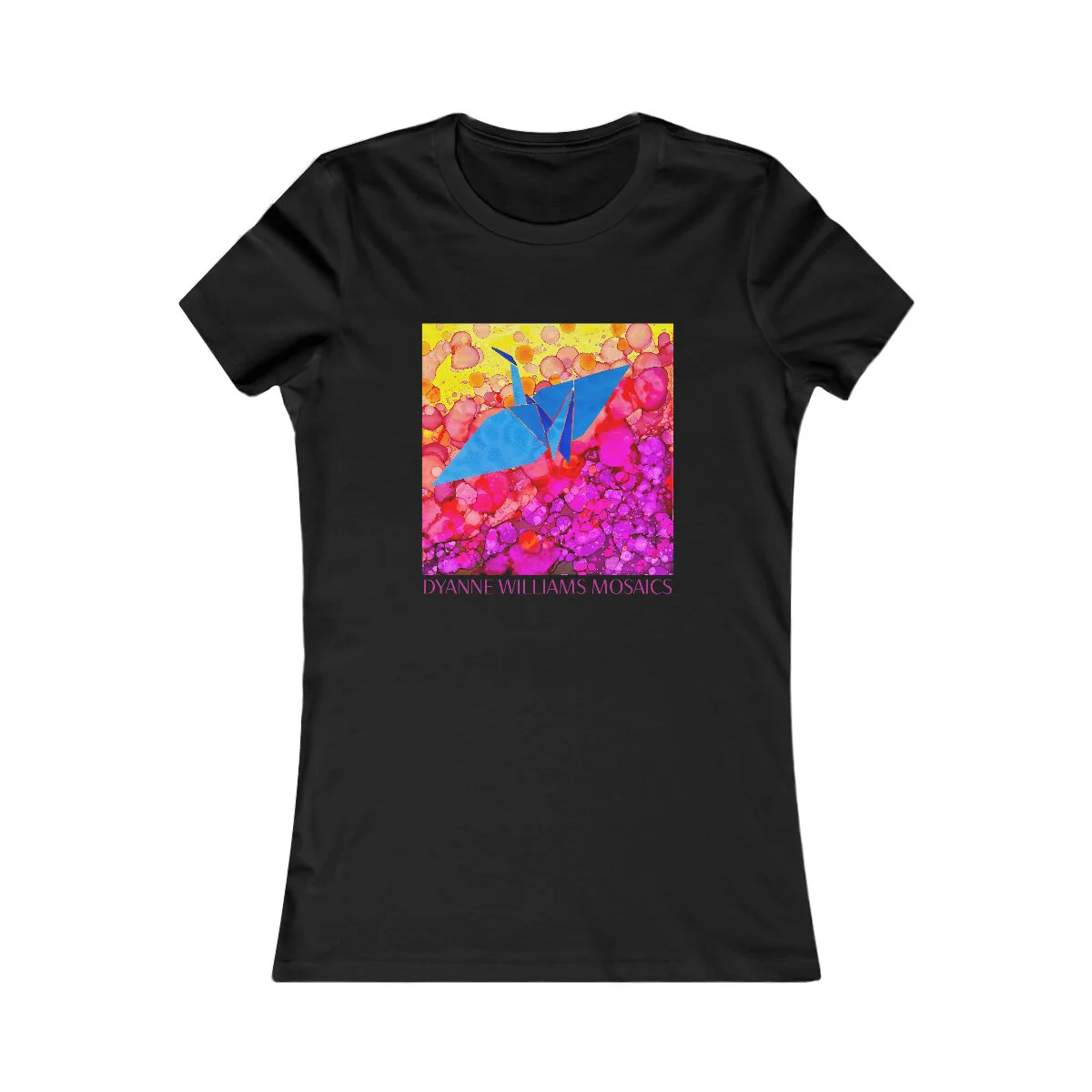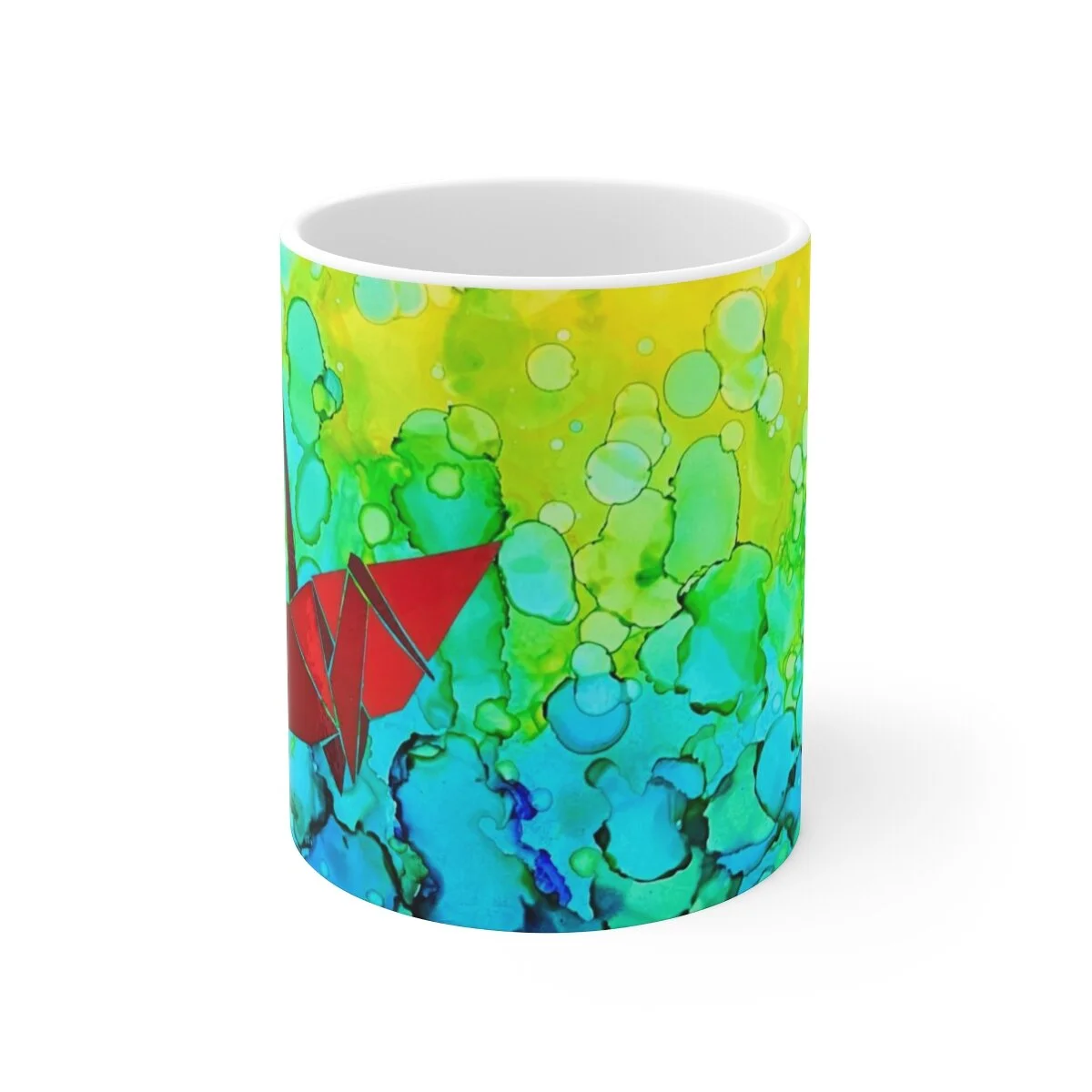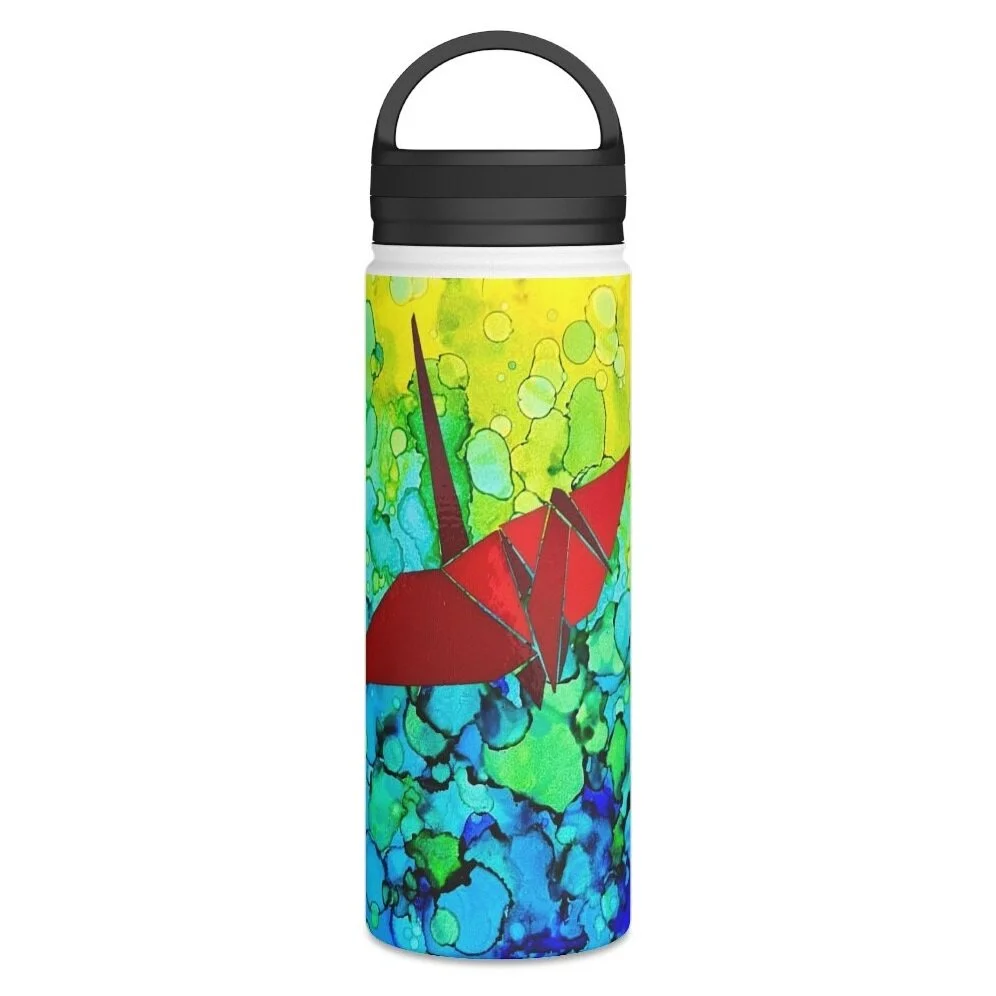Sunk cost fallacy is when someone is reluctant to abandon a strategy because they have already invested in it. It happens in every field, including art, and it can be emotional.
I have been working and planning in all my spare time for over a year for an exhibition I wanted to create for 2027. I put several hundred hours into planning, designing, and beginning fabrication. In the end decided that even though I loved the concept, the end result wasn’t going to be worth the time and money I would have to put into it over the course of the next few years. Before I describe why I’ve decided not to continue with the exhibition, my feelings about it, and show the works-in-progress, let me show you the concept. I made a model with SketchUp and turned that into a video that describes the exhibition.
Overall, I’m glad I decided to both invest and quit the idea. I learned a lot of new techniques, I have artworks to finish that I think will be gorgeous, and I learned a lot about how to tie an entire concept together, yet I didn’t continue to lose time and money and stress myself out over a concept that wouldn’t pay off in the end. I’m also glad I decided to write this blog post about the whole experience because it’s helped me realize that letting go is a wise choice, not a failure.
I made the hard decision not to continue with planning the exhibition when I was applying for a huge grant for this project that needed a lot of elaborate information and had a friend that was nice enough to proofread for me. At one point to answer one of the grant questions, I mentioned that it would take over 10,000 hours of work to complete the art for the exhibition. Her note was that I should adjust this because 10,000 hours sounded too unbelievable. I realized at that point that if this friend that knows and appreciates my art and understands the project thought putting 10,000 hours into it sounded unbelievable, maybe I needed to rethink things because 10,000 hours was most likely an underestimate. I wasn’t counting the time I already put in, time for artist assistants, or the fact that the pieces I already started on were already taking way longer than my projected time for each individual piece.
At that point, I gave the concept some thought and decided if I got the grant, I would move forward, and if I didn’t, I wasn’t going to move forward with the whole grand concept. I didn’t get the grant.
I felt sad about giving up on this concept I spent so much time dreaming about and working on. I also felt like a bit of a failure giving up instead of persevering. In the end, it would have left me with no time to pursue my other goals for years, have any life-work balance (which is a goal I keep saying I’m going to achieve someday), and cost me a lot of money even if I got the huge grant. The artwork for it is either so conceptual (like the wall panels) or expensive (like the sculptures), that I couldn’t ever hope to recover my time and money put into it. Plus I would have ended up storing huge crane sculptures for years.
Most importantly, I don’t think anyone observing the exhibit could even fathom how much work or expense went into it. For instance, below is a detail of one of the “poem” panels. Even if an observer loved the concept and execution, at most they would think it’s interesting, detailed, or love the colors. I don’t think anyone could fathom the time or cost. The 19 panels consist of 219 stripes of color with a round gold mirror indicating the letter. Each stripe took me 6-7 hours to complete. At best, that’s at least 1314 hours for the easiest part of the exhibition for observers to think “oh, cool”.
My favorite part of the cranes idea is the sculptures. I will finish the one I started below and make a couple more. I think they are going to be absolutely gorgeous. One thing I’ve gained from this experience was learning to work better with sculptural materials. I started off experimenting by piecing sections together before I finally decided to try just folding the sculptural mesh like I would an origami crane, then using white Apoxie Sculpt to flesh out the base and black Apoxie Sculpt to apply the beads. As a bonus, I found these super tiny 0/15 beads that are wonderful to work with for mosaic because they are so tiny they make normal seed beads look like boulders. I can’t wait to find time to finish this crane because I think it’s going to be gorgeous!
I also experimented with different mediums to work into the concept, including tinted mortar backgrounds, alcohol ink with 3D origami cranes, and different ways to hang the cranes.
I even created a line of drop ship merchandise that I hoped would help out with the supply costs of creating this body of work. A few of the items I just decided to go ahead and put in my shop. Why not?

